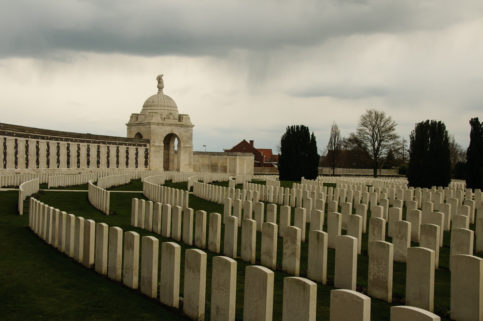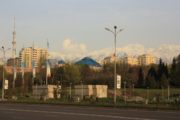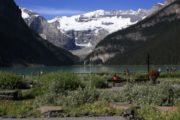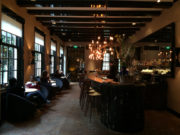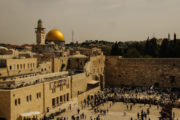Belgium| Do It Yourself Travel Guide to 48 Hours in Ypres
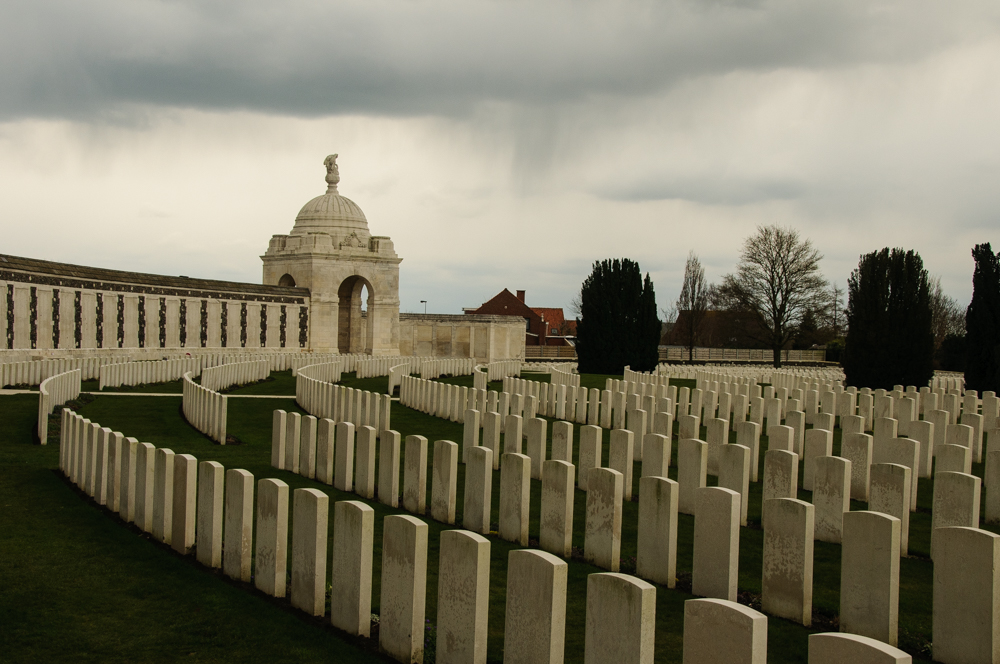
Ypres, BE – The Tyne Cot Cemetery in Ypres, Belgium (Ian Yacobucci/Borderless Travels)
Sipping the best beer in the world across from the Sint Sixtus Abbey, surrounded by the emerald pastures of Flemish spring, it’s hard to believe that 100 years ago the thundering sounds World War I artillery and machine guns erupted day and night just 15 kilometers away.
Today, Ypres and the surrounding area offers a tranquil retreat from the bustling tourist centers of Europe and offers visitors to the region rich history lessons about the First World War, charming restaurants with great food, and the best beer in the world.
The difficult thing to navigating Ypres is figuring out exactly what to do, which is why we went there to find the best way to explore the historical and cultural highlights of Ypres and the surrounding region.
Day 1: Ypres an Essential Lesson in History
In Flanders Fields Museum
Located in Ypres city centre at 34 Grote Markt, the In Flanders Fields Museum should be every visitors first stop. It’s especially important to visit before you start touring the historical landmarks of the World War 1 front line.
The museum is a well organized historical account that summarizes the history of the First World War. As the museum weaves harrowing stories of the soldiers, battles, and developments defining one of the most horrific wars in human history, you’ll be astounded by the atrocities of a war that enveloped the world from 1914-1918. The museum takes between 1-1.5 hours to go through and is filled with artifacts and stories that help you glimpse the realities of the war that was to end all wars.
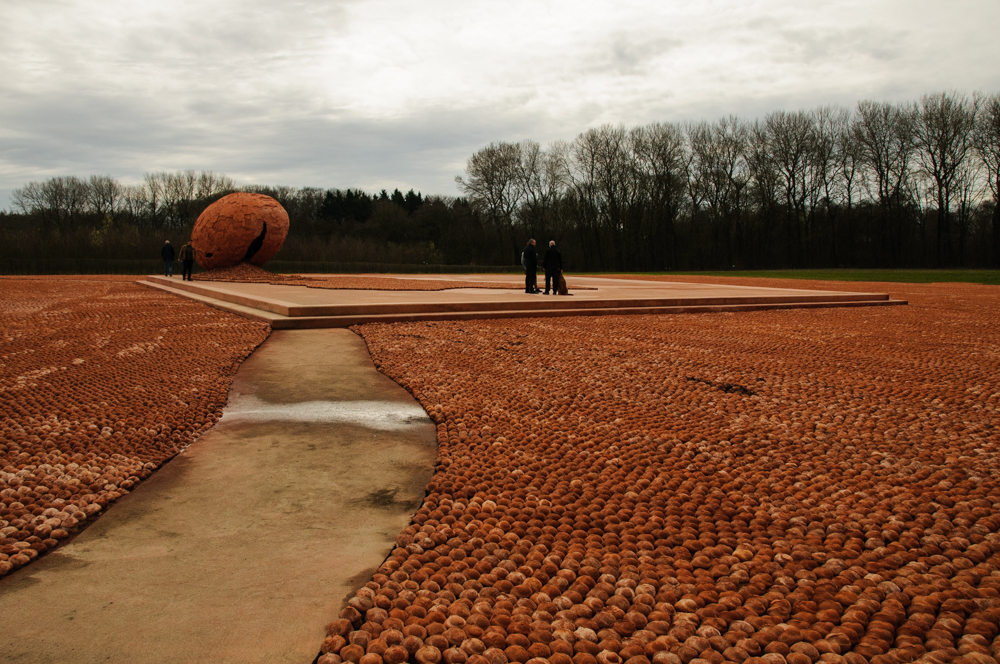
Ypres, BE – De Palingbeek No man’s Land CWXRM Art Exhibit (Ian Yacobucci/Borderless Travels)
De Palingbeek No man’s Land & CWXRM Art Instillation
New to the historical site of De Palingbeek, also known as No man’s land, is a new art instillation. As you walk through the forest towards the art installation at De Palingbeek you should first stop to watch the video that summarizes the build up to the battle of Passchendaele, and gives you some perspective on what was happening along this part of the front lines nearing the end of the war.
From there you can visit the ComingWorldRememberMe (CWXRM) Art Instillation that took 9 years to develop and commemorates all the Belgian victims of the First World War. Each and every life is remembered by 600,000 clay sculptures. There is also a walking path through the forest across from the instillation which was once held by the British and is now filled with small ponds, a result of artillery fire from the German frontlines across the way.
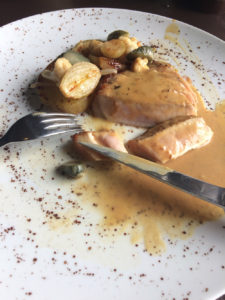
Ypres, BE – Pork loin lunch at an old farmstead in Flanders Ypres, Belgium (Ian Yacobucci/Borderless Travels)
Lunch at De Steenen Haene Restaurant
De Steenen Haene Restaurant, a few minutes down the road from De Palingbeek, was a random stop that turned out to be a hidden dining gem located in an old farmstead. A lunch stop here is affordable and offers classic cuisine that’s characteristic of the region. As Michelin puts it De Steenen Haene is, “simply a good meal” which was perfect for us on our visit. We found that the entrées were big and ordered the pork loin with some water and a coffee for desert. After lunch here we were ready to continue our day delving into the history of the First World War.
Tyne Cot Cemetery
The Tyne Cot Cemetery is the largest Commonwealth cemetery in the world and the resting place of over 11,900 servicemen from the First World War. It is located in what was known as the Western Front and the location of the Third Battle of Ypres (Battle of Passchendaele).
Visiting this cemetery is a sobering experience that helps to put the dramatic loss of life from the First World War into perspective. Upon our visit we found school groups and a touring group with a bagpipe player that were there to commemorate the Scottish soldiers that rest here.
Memorial Museum Paschendaele 1917 & Replica Trenches
For our first day, we decided that one museum was enough, but we wanted to get an idea of what life in the trenches might have been like, and so we headed to the Memorial Museum Paschendaele 1917 to tour their outdoor replica trench network of British and German Trenches. You can visit the museum if you’re not too tired, but we decided to visit the trenches and explore the tranquil grounds of the museum instead.
Day 2: Ypres, Best Beer in the World, and the Beach
Essex Farm Cemetery – In Flanders Fields Poem
Today, the poppy is the international symbol of remembrance and commemoration of soldiers. In countries like Canada, citizens begin wearing poppies on their lapels weeks before what is known as remembrance day – a day to remember all soldiers who risked their lives in order to fight for the freedoms they believed in. Yet, this was not always so, it was the 1915 poem written by Canadian medic John McCrae titled In Flanders Fields that inspired the symbolism of the poppy.
Visiting the site where this poem was written and seeing the bunkers along the banks of the canal brings visitors closer to the memories of these soldiers, making the Essex Farm Cemetery a must visit.
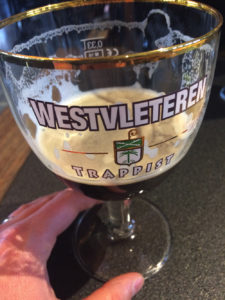
Vleteren, BE – The best beer in the world Westvleteren 12 Trappist Beer (Ian Yacobucci/Borderless Travels)
Taste the Best Beer in the World
You can’t buy these beers anywhere in the world but here, and on the off chance that you do find a retailer selling it, it will be very expensive (not to mention that they’ll be selling it without the permission of the monks that brew it).
The Westvleteren 12 or Westy 12 is known to many as the best beer in the world. It is a trappist beer brewed by monks of the Saint-Sixtus Abbey of Westvleteren, and they only sell it at one location; either from the abbey directly an by appointment or while visiting the In De Vrede restaurant across the street.
We couldn’t pass up the opportunity to taste the best beer in the world, and we weren’t disappointed. The Westvleteren 12 is by far the best beer we’ve ever tasted but you’ll have to see for yourself. We even chose to buy a couple of 6 packs that run at a cost of about 19 Euros. Not bad when you consider that, if you can find it outside of Belgium, you’re probably looking at 20 Euros for a single 33cl bottle.
De Panne on the Belgian Coast
Visiting Belgium without visiting its beaches is a shame, and for our second visit to the country my wife and I decided to make the extra little drive to the seaside for a walk and a light lunch.
To our surprise, we found that De Panne was part of the Dunkirk evacuation where British, Dutch, Belgian and French troops were rescued by civilian ships from England. On the beaches of De Panne alone 98,000 troops were evacuated.
Today, the kilometers of sandy beaches and restaurants are a great way to spend the day. In De Panne there’s a beautiful beachside promenade with children playing, families enjoying the company of each other, and the atrocities of the Great World Wars a distant memory.
Dinner at ’t Molenhof
Another great find was the ‘t Molenhof Restaurant and our last stop for our two days in Ypres. Randomly driving past in on our way back to Ypres from De Panne, we stopped in for a beer and stayed for dinner. The quaint family run restaurant offers more than 200 beer choices and a steak worth driving across the country for! If you get a chance to visit don’t pass up on the steak, there are lots of other options too but the rustic atmosphere, beer selection, and kind staff make this a great find.
Did you enjoy our itinerary? Did we miss anything that you did in Ypres? Have another idea for the region?
Share your comments below and let us know that you thought!

